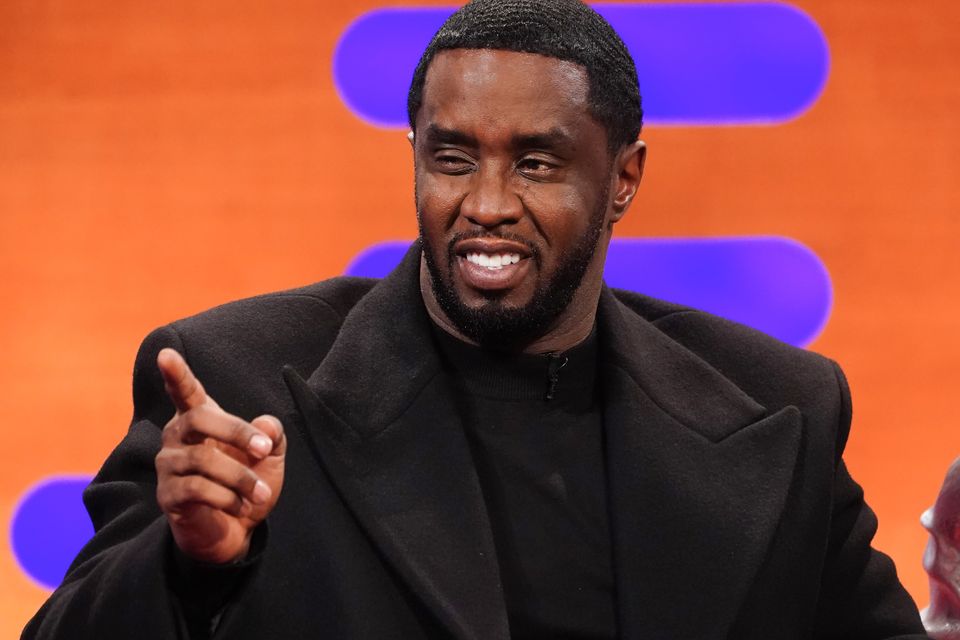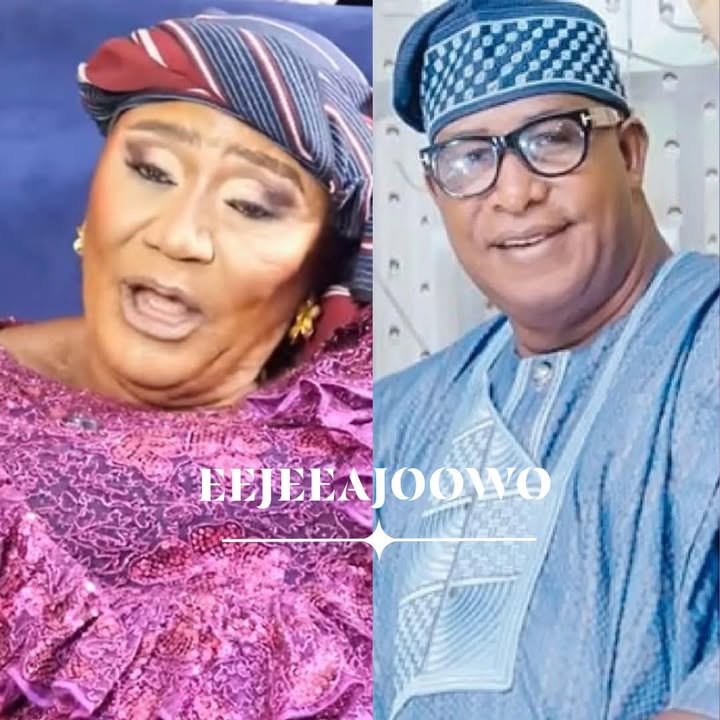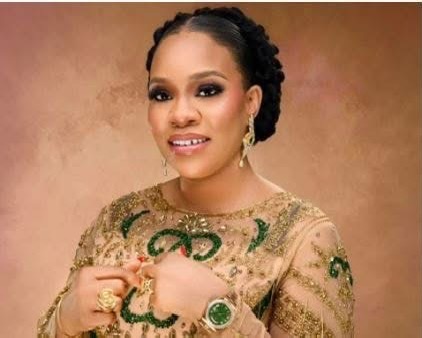Growing up in the housing projects of Harlem, Sean Combs was not born with a silver spoon in his mouth. The son of a former model and a father who served in the U.S. Air Force, his early life was marked by struggle and resilience. It was in this backdrop that his entrepreneurial spirit began to flourish. Leaving Howard University—a place of potential and promise—Combs made the audacious decision to drop out, propelled by a singular vision: to create a music studio that would eventually become the launchpad for his illustrious career.
The allure of the music industry was irresistible, and Combs dove headfirst into the vibrant landscape of hip-hop, collaborating with an array of artists that would not only define his career but also reshape the genre itself. His early partnerships with the likes of Notorious B.I.G., Ma$e, and Faith Evans resulted in chart-topping hits that sold millions of albums and solidified his position as a cultural force. The collaboration with Notorious B.I.G. on tracks like “Juicy” and “Mo Money Mo Problems” not only topped charts but also redefined the narrative of hip-hop, making them emblematic of a generation.
With the recent reports indicating that federal authorities are preparing to unveil the identities of those who have graced Combs’ infamous “Freak Off” parties, the intrigue surrounding his social circle has only intensified. This list includes titans of the entertainment industry: Steve Stoute, Russell Simmons, EVE, Aaron Hall, Jay-Z, Beyoncé, Rick Ross, and many more. Each individual, a luminary in their own right, brings a unique narrative to the collective story of excess and influence that defines Combs’ gatherings.
Steve Stoute: A powerful marketing executive and former music industry executive, Stoute collaborated with Combs on various branding and promotional ventures that have elevated hip-hop into a global phenomenon.
Russell Simmons: The co-founder of Def Jam Recordings, Simmons played a pivotal role in the evolution of hip-hop, often aligning himself with Combs on projects that aimed to bridge the gap between music and fashion.
EVE: The rapper and actress, known for her hits and contributions to the genre, co-starred with Combs in the music video for “Bad Boy for Life,” a testament to their enduring friendship and collaborations.
As the names continue to flow, it becomes evident that Combs’ parties are not merely gatherings of the famous; they are microcosms of power dynamics within the entertainment industry. Attendees such as Jay-Z and Beyoncé represent the pinnacle of success in music and business, while figures like Dr. Dre and Usher signify the transformative power of collaboration in the industry. Each guest contributes to a narrative that is both celebratory and reflective of the societal values that elevate celebrity culture to almost mythic proportions.
Yet, amidst the glamour and glitz, it becomes crucial to question the implications of such gatherings. Are these events mere escapades of the rich and famous, or do they serve as a mirror reflecting broader societal trends? The juxtaposition of luxury and moral ambiguity is emblematic of a culture that often elevates superficiality over substance. The denial of bail for Combs, in the context of the allegations surrounding him, further complicates this narrative, highlighting the chasm between public perception and the reality of celebrity life.
In dissecting the phenomenon of P. Diddy’s parties, one cannot ignore the historical context that informs our understanding of celebrity culture in America. Much like the Renaissance, which celebrated humanism and individual achievement, the modern celebrity embodies a similar ethos—an individual who transcends the ordinary, yet often at the expense of societal norms. Combs’ trajectory exemplifies the duality of the American Dream: a narrative of success intertwined with the specter of scandal and excess.
As we reflect on the attendees of these notorious parties, it is essential to consider their individual contributions to the music landscape. Figures like Rick Ross and Drake have redefined hip-hop narratives, while LeBron James has blurred the lines between sports and entertainment, showcasing the interdisciplinary nature of modern celebrity. Each presence at Combs’ events speaks to a larger dialogue about influence and legacy, prompting us to question the costs of such notoriety.
In this context, one must ponder the societal ramifications of these gatherings. Are they fostering a community that champions artistic expression, or do they perpetuate a culture of hedonism devoid of accountability? The stark contrast between the glamour of the parties and the serious allegations against Combs underscores an urgent need for critical reflection on the values we espouse in the realm of celebrity culture.
The question remains: What does it say about our society when figures like P. Diddy are celebrated for their achievements while simultaneously facing grave accusations? This duality prompts a broader discourse on the nature of fame and its implications for cultural production. As the identities of those who frequent Combs’ soirées come to light, we are reminded that celebrity is not merely about individual achievement; it is a collective endeavor shaped by the interactions and relationships fostered within these extravagant settings.
Sean Combs’ life and the circles he navigates serve as a compelling case study in the complexities of fame, success, and cultural identity. As we grapple with the revelations surrounding his lifestyle and the company he keeps, we must confront the uncomfortable truths that lie beneath the surface of celebrity culture. The invitation to Combs’ parties extends beyond mere attendance; it beckons us to reflect on the societal values that celebrate excess while often overlooking the moral implications of such a lifestyle. The narrative of P. Diddy is not just about one man’s journey; it is a reflection of a culture that continually grapples with the interplay of ambition, collaboration, and the pursuit of the American Dream.



